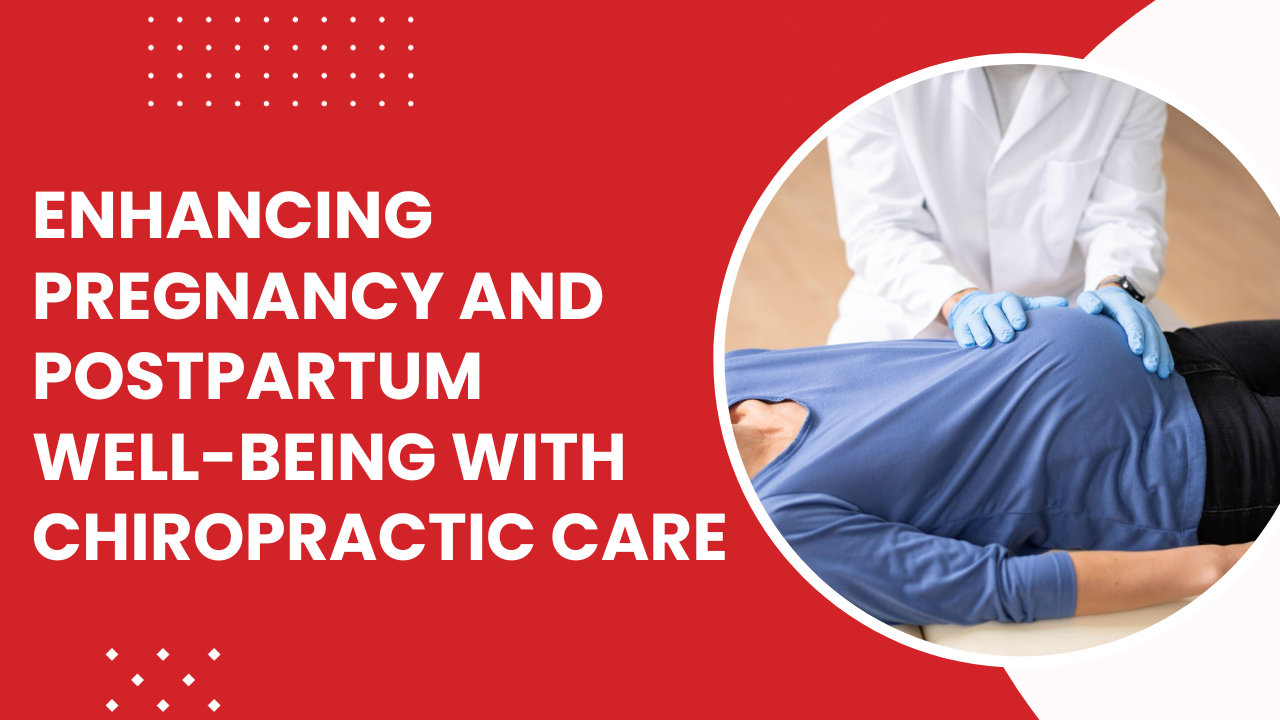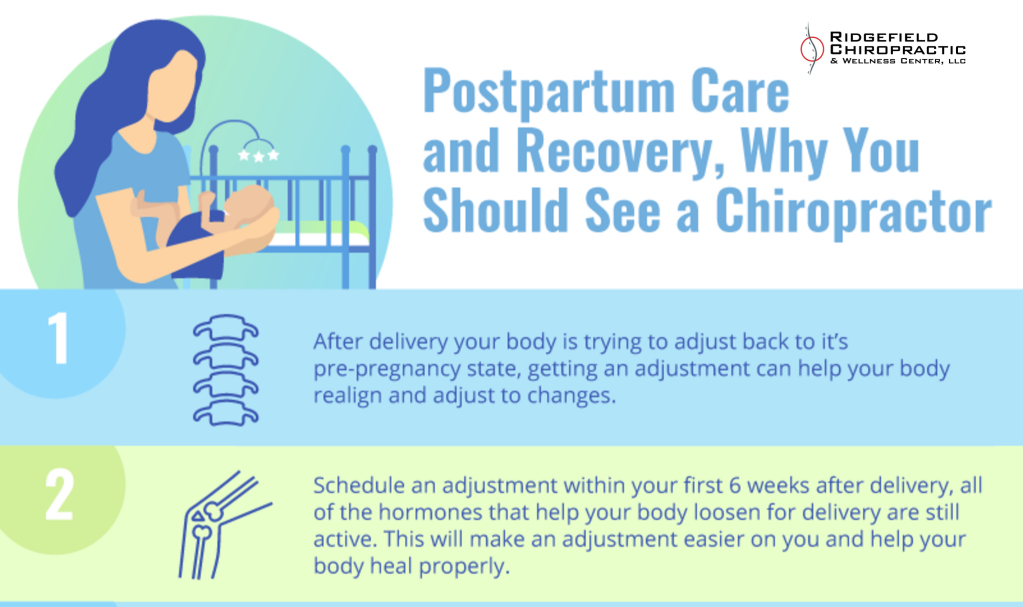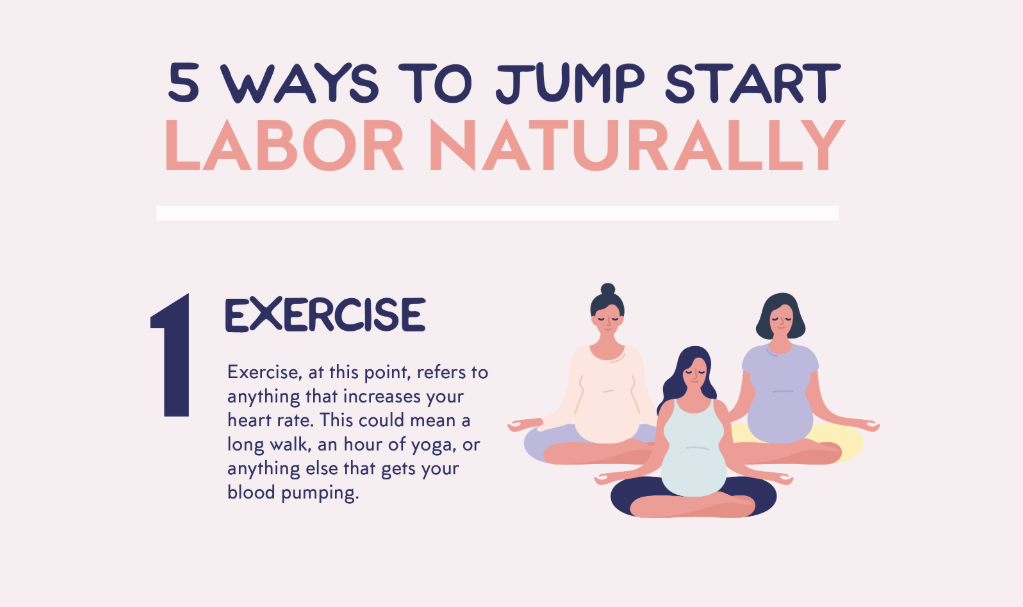Chiropractic Care In Pregnancy & Postpartum Health

Introduction In recent years, the importance of holistic healthcare approaches during pregnancy and the postpartum period has gained significant recognition. Expecting and new mothers often seek safe and effective methods to ensure their well-being and that of their newborns. Chiropractic Care In Pregnancy has emerged as a valuable and trusted option to support women through […]
Enhancing Pregnancy And Postpartum Well-being With Chiropractic Care

Conclusion: Empowering Wellness: Chiropractic Care In Pregnancy And Postpartum Chiropractic care in pregnancy and postpartum transcends mere discomfort relief; it embodies a holistic approach centered on fostering wellness, empowering women, and establishing a foundation for a thriving future for both mother and baby. Throughout pregnancy, Ridgefield Chiropractic & Wellness Center serves as a pillar of […]
Pregnancy Pain? What your Chiropractor can do to Help!

Pregnancy can be a wonderful and beautiful time in a woman’s life, however; it can be painful, uncomfortable, and come with lots of unexpected side effects. Fortunately, there are a lot of things you can do to help alleviate unwanted side effects. If you are experiencing uncomfortable pregnancy call your chiropractor today, we can help […]
Pregnant? 4 Natural Therapies You Should Be Using To Help Ease Your Pregnancy Pains!

Finding out you are pregnant is a joyous and overwhelmingly excited event. However, the realization that your body is no longer just your body soon sets in and can provoke a fear like no other. Knowing that everything you consume, put on and do to your body may affect that little person growing inside of […]
Postpartum Care and Recovery, Why You Should See a Chiropractor

Having a baby is hard work, your body goes through so many changes to bring a new life into this world and those changes don’t stop after delivery. Any mother knows that postpartum recovery can be hard, the good news is that a few visits to your Chiropractor can help you recover faster and easier. […]
My Newborn Won’t Stop Crying! Can Chiropractic Care Help With Colic?

Colic: it’s every new parent’s worst nightmare. A digestive condition that leads to comfortless crying in babies and young kids, colic can feel impossible to treat and even harder to live with. What most people don’t know, though, is that chiropractic care can help treat colic and promote comfort and wellbeing in kids and toddlers […]
How Much Sleep Does my Toddler Really Need?

Sleep: if you have a young child, it’s a mythical, mystical topic. During the baby days, it’s virtually non-existent. As your child reaches toddlerhood, though, the paradigm surrounding sleep shifts. Suddenly, your child is sleeping a lot, but how much sleep does he or she need? And how can you help promote the healthiest sleep […]
6 Ways to Help with Hip Pain while Pregnant

Pregnancy is an amazing and exciting time, however; it can come with some pains and aches. Most pregnant women will end up with a lot of hip and pelvis pain once they are later in their pregnancy this can lead to uncomfortable sleep, issues walking, and generalized pain. The good news is that there is […]
Five Ways Chiropractic Care Will Help Ease Labor and Delivery

If you are pregnant and looking for an effective way to prepare yourself for labor and birth, chiropractic care is a fantastic option. A practice focused on maintaining the health and mobility of the spinal column, nerves, and discs, as well as all of your related bone geometry; chiropractic care doesn’t rely on surgery, drugs, […]
5 Ways to Jump Start Labor Naturally

As your due date nears, it’s natural to get antsy about when you’ll go into labor. You want to meet your new baby, after all! While the time and place is ultimately up to your body, there are a few natural steps you can take to help nudge labor along. Here are the top five:
